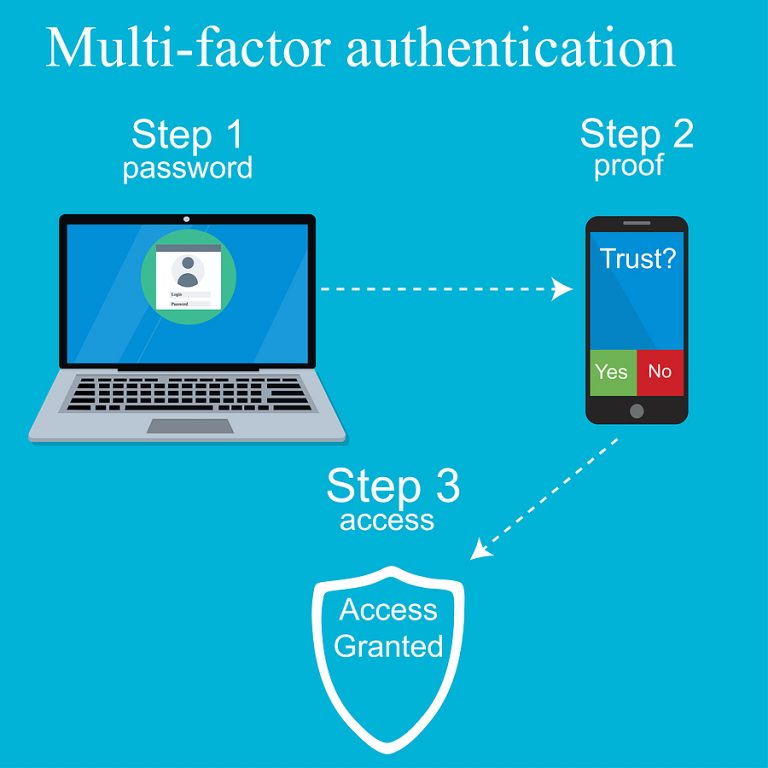- 107 E Granite Street Butte, Montana, 59701
- Give us a Call 406-490-3732
If you’ve ever tried to access a website and had to answer one of the picture questions about which one shows a train, you’ve dealt with multi-factor authentication (MFA).
MFA interface options typically get deployed on websites where personal user information can be accessed. Rather than relying solely on a one-step authentication process such as the standard username and password option, MFA interfaces require the user to upload additional information before accessing the desired information.
While the MFA interface option can seem tedious or annoying, the security blockades provided by MFA make it harder for unknown parties to access sensitive information. With just a little time for setup, the MFA interface options can provide invaluable protection to you and your business.

When it comes to securing your personal information, additional security steps should not be considered as unneeded or not worth the effort.
Think of every personal account you use: your email, banking sites, credit card companies, work networks, etc. It’s important to think of each and every one of those accounts as a personal deposit box containing information only you and those with proper permission can view. Now ask yourself if you’re okay with just one level of authentication to protect your information.
Even if an unauthorized person manages to get past the first level of authentication, having additional security walls can help prevent that person from getting any closer to your information. And because some of your accounts may be linked to a work office, the additional security you use with MFA interface options provides another layer of security for every user connected to those work networks.
MFA interface protection covers more than just your accounts.
In other industries, it may seem like protecting your stored records is not that important; however, it is. The information you store can be used to send customers spam calls and emails, gain access to bank accounts, track down identification information, and even used to gain access to more highly protected documents. Protecting your customers/clients from such an attack is an important aspect of your business.
MFAs don’t have to be limited just to passwords and sensitive questions like the name of your favorite pet or high school. The verification types can include receiving an email with a link for authentication, a PIN number sent by text, or an authenticator app on your phone that requires your permission to allow access to the accounts.
The variety of second-layer security options provided by MFAs can help frustrate unauthorized user’s login attempts. It’s not uncommon for one person to use the same username and password for several sites and multiple accounts, even the harmless-looking ones for their favorite local restaurant. While this option makes it easier for the user to access the accounts, it also makes it easier for an unauthorized user to access them as well.
The MFA interface options can help make that task harder. Even if an unauthorized user manages to guess your username and password, they might have problems verifying the account if the second layer of user authentication gets sent as a link to the user’s e-mail or phone.
To learn more about how MFA interface options can benefit you or your office, contact E-Docs USA today. Let us use our experience and expertise to provide the best security options available on the market for you.
Want to see our software in action? Schedule an online demo today!
Let us tailor a service package that meets your needs. Tell us a little about your business, and we will get back to you with some suggestions.